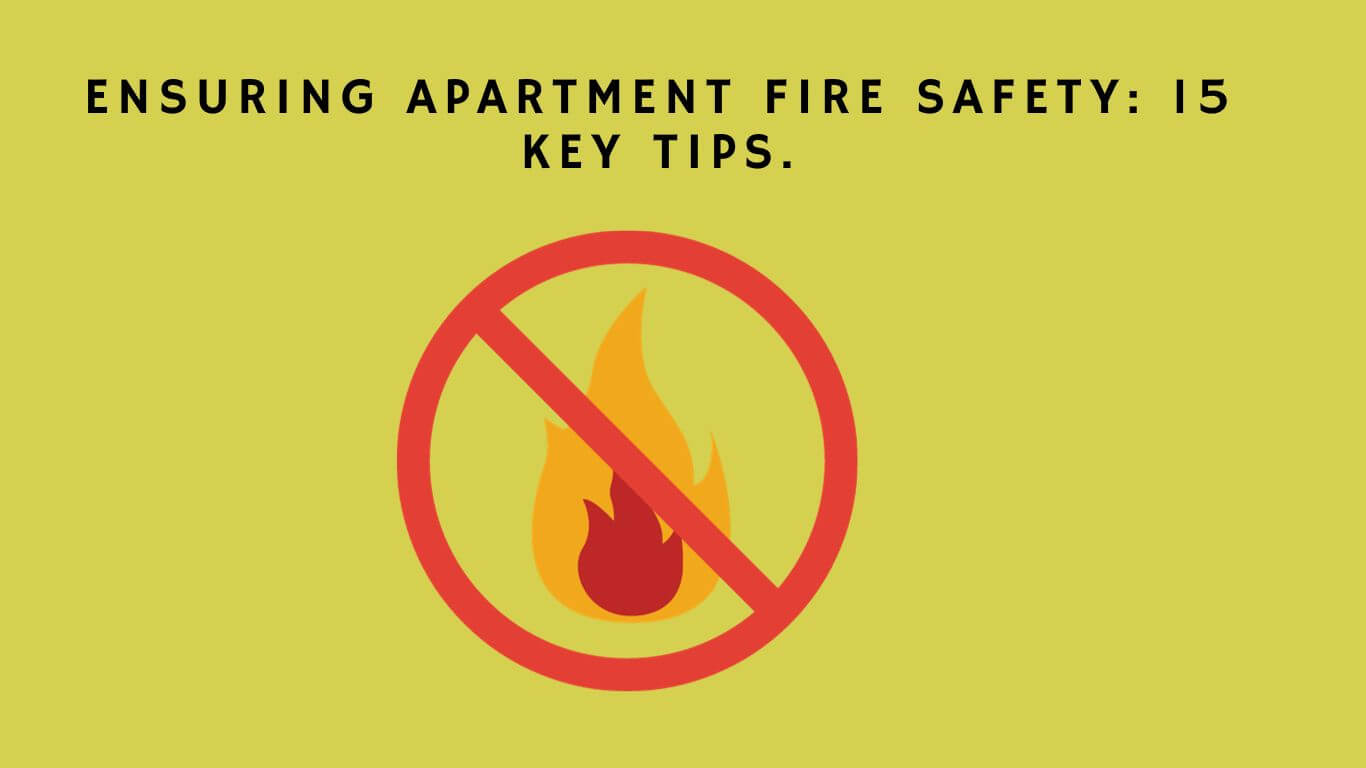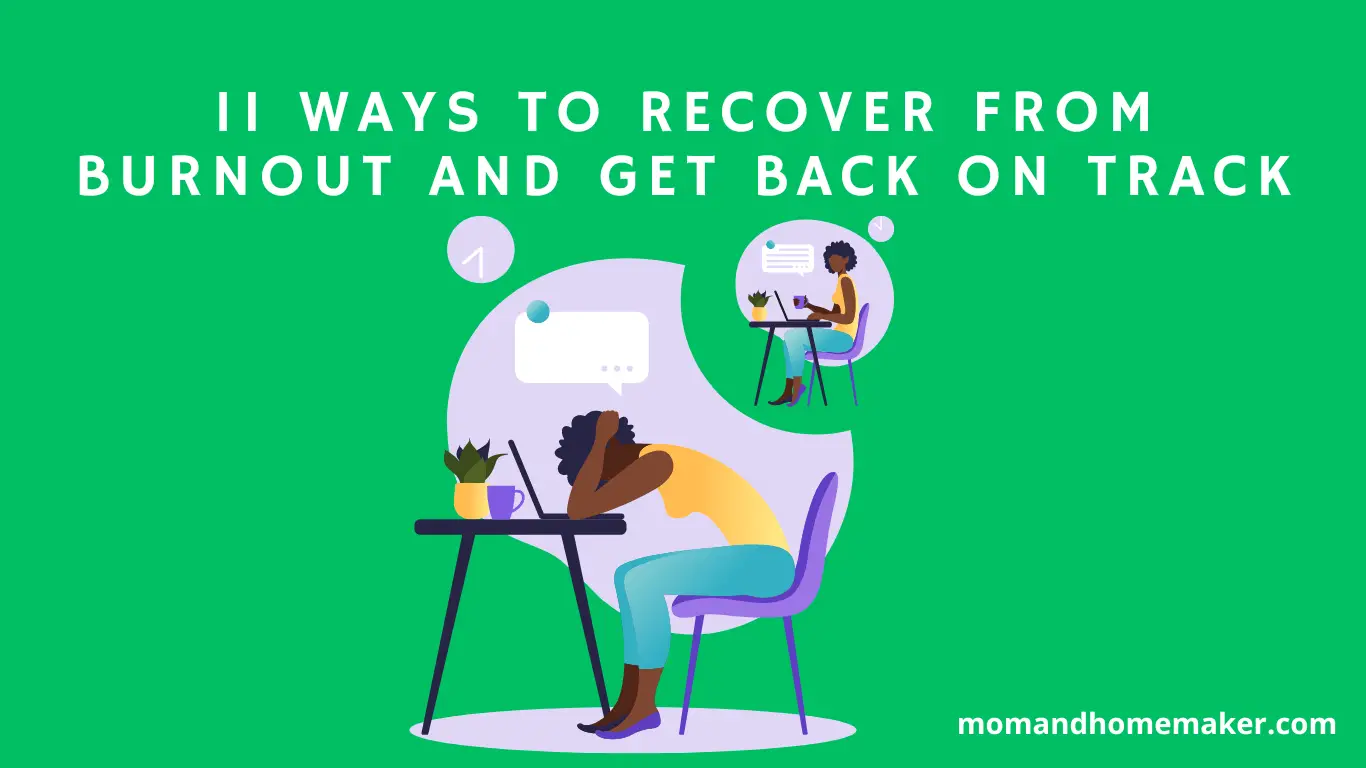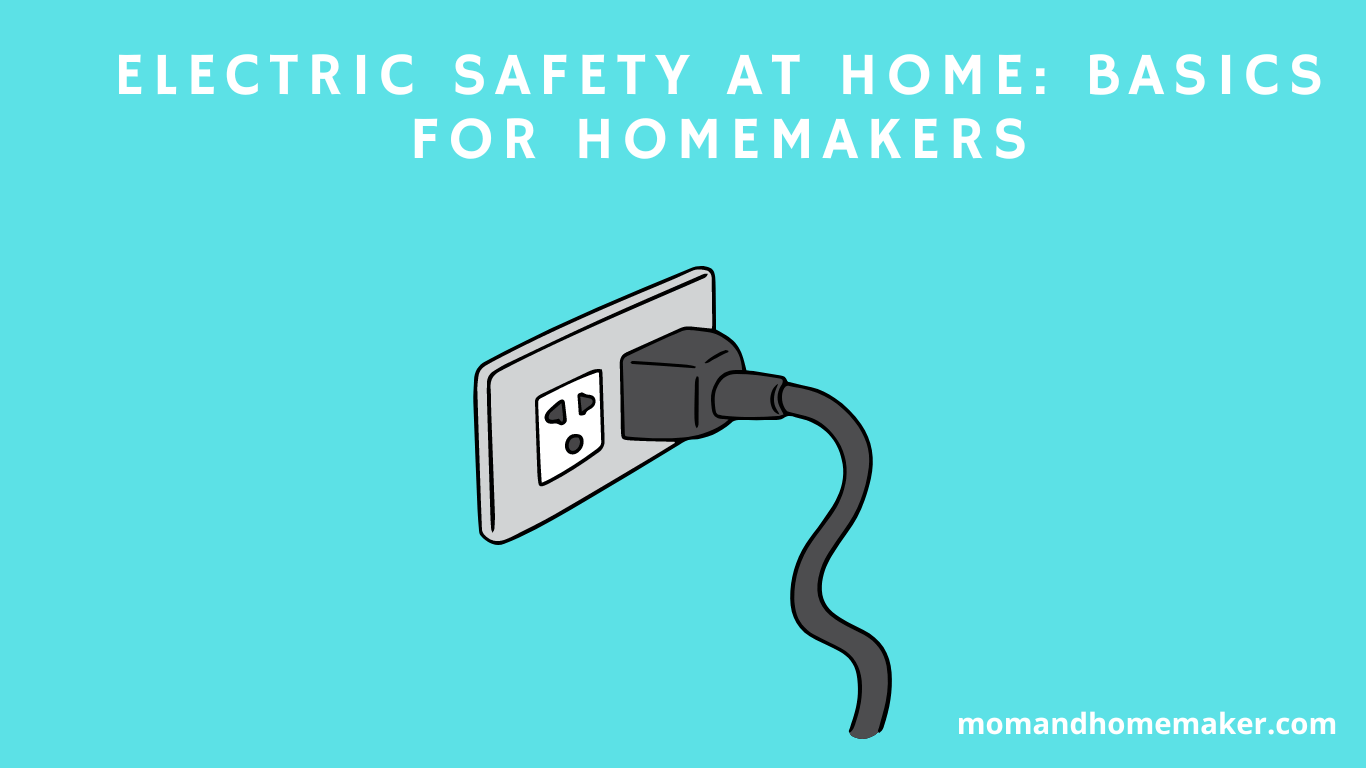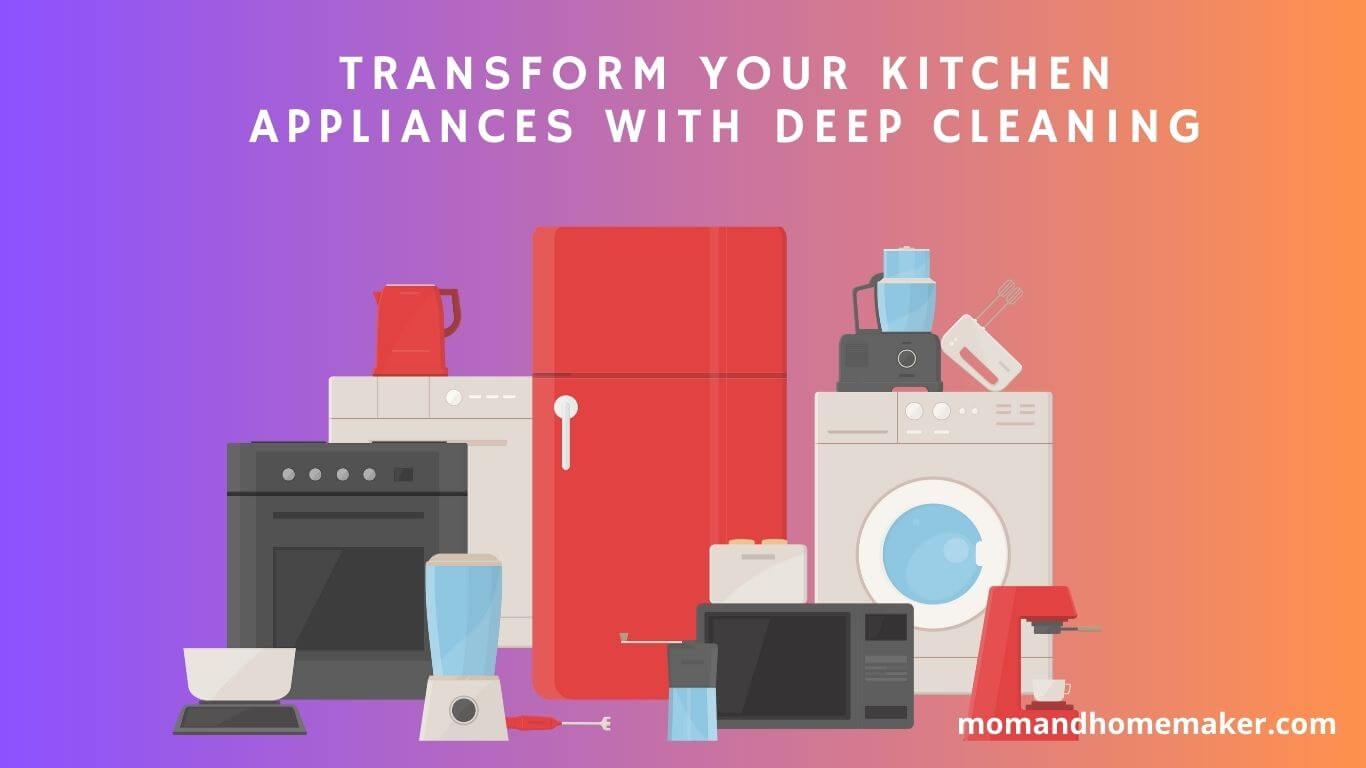Apartment living offers many advantages: convenience, affordability, and a sense of community. However, it also comes with its fair share of risks, one of the most significant being fire hazards. Apartment fires can spread rapidly and have devastating consequences.
That’s why it’s crucial to prioritize fire safety measures in your apartment. In this comprehensive guide, I’ll walk you through 15 crucial tips that will equip you with practical knowledge and simple steps to minimize risks and ensure apartment fire safety for everyone who calls their unit home.
Install Smoke Alarms
Make sure to install smoke alarms in your apartment for maximum fire safety. Smoke alarms are one of the most crucial aspects of fire safety education and fire prevention techniques. They serve as an early warning system, alerting you and your family to the presence of smoke or fire. By promptly detecting a fire, smoke alarms give you valuable time to evacuate your apartment and call emergency services.
When it comes to installing smoke alarms, there are a few key points to keep in mind. Firstly, ensure that you have enough smoke alarms in your apartment. It’s recommended to have at least one smoke alarm on each level of your apartment, including the basement and any sleeping areas.
Make sure to install smoke alarms inside each bedroom and outside every sleeping area. By having multiple smoke alarms strategically placed throughout your apartment, you increase the chances of early detection in case of a fire.
Proper installation is also crucial for the effectiveness of smoke alarms. Follow the manufacturer’s instructions and mount the alarms on the ceiling or high on the wall, as smoke rises.
Avoid placing smoke alarms near windows, doors, or vents, as these areas can affect their performance. Regularly test your smoke alarms to ensure they’re functioning correctly, and replace the batteries at least once a year.
Test Smoke Alarms Regularly
Regularly testing your smoke alarms is crucial for the safety of you and your neighbors in an apartment building. By ensuring that your smoke alarms are in working order, you can detect a fire early on and have enough time to escape safely.
Testing your smoke alarms regularly can potentially save lives and prevent extensive damage caused by fires.
Importance of Regular Testing
To ensure the safety of your apartment, it’s crucial that you regularly test the smoke alarms.
Regular testing of smoke alarms is important because it ensures that they’re functioning properly and can alert you in case of a fire emergency. By testing your smoke alarms regularly, you can be confident that they’ll provide you with early warning and give you enough time to evacuate safely.
This simple action can make a significant difference in protecting your life and property. Additionally, regular testing promotes fire safety education and reinforces the importance of fire drills. It helps you and your family become familiar with the sound of the alarm, reducing panic during an actual emergency.
Potential Life-Saving Benefits
Testing your smoke alarms regularly can have potential life-saving benefits for apartment dwellers. Smoke alarms are essential fire safety products that can alert you to the presence of smoke in your apartment, giving you valuable time to escape in the event of a fire.
Regularly testing your smoke alarms ensures that they’re working properly and can provide you with early warning in case of an emergency. Fire safety training experts recommend testing your smoke alarms at least once a month to ensure their functionality. This simple task can make a significant difference in protecting your life and the lives of your loved ones.
It’s important to familiarize yourself with the specific testing instructions provided by the manufacturer of your smoke alarms. Typically, this involves pressing the test button and listening for the loud, piercing sound that indicates the alarm is working correctly.
Have a Fire Escape Plan
Create a detailed fire escape plan for your apartment. Knowing the fire escape routes and having an emergency evacuation plan in place is crucial for your safety and the safety of your loved ones. In the event of a fire, time is of the essence, and having a well-prepared plan can make all the difference.
Start by familiarizing yourself with the layout of your apartment building and identifying all possible exits. Take note of the nearest stairwells, elevators, and fire escapes. It’s important to know multiple ways out in case one route is blocked by smoke or flames.
Once you have identified the fire escape routes, create a clear and concise plan for each member of your household. Make sure everyone knows the primary and secondary escape routes and establish a meeting point outside the building. Practice the plan regularly, so it becomes second nature in case of an emergency.
When creating your fire escape plan, consider any special needs or limitations of your household members. If someone has mobility issues, ensure there’s a plan in place to assist them in evacuating safely. If you have pets, include them in your plan and designate someone responsible for their evacuation.
Remember, time is critical during a fire. Teach everyone in your household how to properly react in case of a fire. Stress the importance of staying low to avoid smoke inhalation and closing doors behind them to slow down the spread of the fire.
Know Your Building’s Fire Safety Features
Familiarize yourself with the fire safety features of your apartment building. Knowing the fire safety features in your building is essential to ensure your safety and the safety of others in the event of a fire. Each apartment building is required to comply with fire safety regulations and undergo regular fire safety inspections to maintain a safe environment for residents.
To help you understand the fire safety features of your apartment building, refer to the table below:
| Fire Safety Feature | Description |
|---|---|
| Fire Extinguishers | Fire extinguishers are strategically placed throughout the building to quickly extinguish small fires. |
| Fire Alarms | Smoke detectors and fire alarms are installed in common areas and individual units to alert residents. |
| Fire Escape Routes | Clearly marked fire escape routes indicate the quickest and safest way to exit the building in an emergency. |
| Fire Doors | Fire doors are designed to prevent the spread of fire and smoke, providing a barrier between different areas of the building. |
| Emergency Lighting | In the event of a power outage, emergency lighting illuminates the hallways and stairwells for safe evacuation. |
It is important to familiarize yourself with the location of these fire safety features in your apartment building. Take the time to review the fire evacuation plan provided by your building management and participate in any fire drills or safety training sessions offered.
By being knowledgeable about the fire safety features in your building, you can help ensure a quick and safe evacuation in the event of a fire. Remember, your building’s fire safety features are in place to protect you and your neighbors, so it is important to adhere to fire safety regulations and guidelines for the well-being of everyone in the community.
Keep Fire Extinguishers Handy
Make sure to have fire extinguishers readily available in your apartment, as they’re essential for quickly extinguishing small fires and ensuring your safety. Here are some important tips to keep in mind regarding fire extinguisher maintenance and the different types of fire extinguishers:
- Regular Maintenance: It’s crucial to regularly inspect your fire extinguishers to ensure they’re in proper working condition. Check the pressure gauge to ensure it’s within the recommended range, and make sure the safety pin is intact. Additionally, verify that the nozzle is clean and free from any obstructions.
- Recharging or Replacing: If you have used a fire extinguisher, even partially, it needs to be recharged or replaced immediately. Never assume that a partially used extinguisher will be effective in the event of another fire. Contact a professional service provider to recharge or replace your fire extinguisher promptly.
- Different Types of Fire Extinguishers: There are various types of fire extinguishers designed to combat different types of fires. It’s important to know which type of extinguisher is suitable for different fire hazards. The most common types include:
- ABC Fire Extinguishers: These are the most versatile fire extinguishers as they can be used for fires involving ordinary combustibles, flammable liquids, and electrical equipment.
- CO2 Fire Extinguishers: These extinguishers are effective for fires involving flammable liquids and electrical equipment. They don’t leave any residue, making them ideal for areas with sensitive electronic equipment.
- Water-Mist Fire Extinguishers: These extinguishers are suitable for fires involving flammable liquids, electrical equipment, and cooking oils. They’re safe to use on Class A fires and don’t conduct electricity.
By following these fire extinguisher maintenance tips and understanding the different types available, you can better protect yourself and your apartment from potential fire hazards.
Avoid Overloading Electrical Outlets
To ensure electrical outlet safety in your apartment, it’s important to avoid overloading them. Overloading outlets can lead to overheating and increase the risk of electrical fires.
Make sure to distribute your electrical devices and appliances across different outlets and use power strips with built-in circuit breakers to prevent overloading.
Electrical Outlet Safety
Avoid overloading electrical outlets by using power strips and extension cords with caution. Here are some tips to ensure electrical outlet safety:
- Electrical Outlet Maintenance:
- Regularly inspect outlets for any signs of damage, such as cracks or loose connections.
- Replace outdated or faulty outlets to prevent electrical hazards.
- Consider installing ground fault circuit interrupters (GFCIs) for added protection.
- Childproofing Outlets:
- Use outlet covers or safety plugs to prevent children from inserting objects into outlets.
- Keep cords and wires out of reach of children to avoid accidents.
- Teach kids about electrical safety and the dangers of playing with outlets.
- Proper Use of Power Strips and Extension Cords:
- Avoid daisy-chaining multiple power strips or extension cords together.
- Don’t overload power strips or outlets by plugging in too many devices.
- Unplug appliances and devices when not in use to reduce the risk of electrical fires.
Following these tips will help ensure the safety of your electrical outlets and protect you and your loved ones from potential hazards.
Preventing Electrical Fires
Inspect your electrical outlets regularly to prevent overloading and reduce the risk of electrical fires.
Overloading electrical outlets is a common cause of electrical fires in apartments. It occurs when you plug too many devices into one outlet, exceeding its capacity. To prevent this, make sure you’re aware of the maximum wattage your outlets can handle and don’t exceed it.
Consider using power strips with surge protectors to safely distribute the electrical load. Additionally, avoid using extension cords as a permanent solution and never plug multiple extension cords together.
It’s crucial to keep an eye out for signs of overloading, such as flickering lights, warm outlets, or circuit breakers frequently tripping.
Importance of Proper Usage
Proper usage of electrical outlets is crucial in preventing overloading and reducing the risk of electrical fires in your apartment. To ensure the safety of your living space, it’s important to follow these guidelines:
- Avoid overloading outlets: Plugging too many devices into one outlet can cause overheating and increase the risk of fire. Use power strips or surge protectors to distribute the load evenly.
- Check cords and plugs: Damaged cords or loose plugs can lead to sparks and fires. Regularly inspect your cords and replace any that are frayed or damaged.
- Don’t use extension cords as a permanent solution: Extension cords are meant for temporary use only. Avoid using them as a permanent solution and instead, consider installing additional outlets where needed.
By following these tips, you can create a safe environment in your apartment.
Don’t Leave Cooking Unattended
When you’re cooking in your apartment, make sure you never leave the stove unattended. Cooking safety is of utmost importance, and one of the key aspects of kitchen fire prevention is staying vigilant while cooking. Leaving the stove unattended can lead to disastrous consequences, such as fires and injuries.
Always stay in the kitchen when you’re using the stove, especially if you’re frying, grilling, or broiling food. These cooking methods require high heat and can quickly escalate into a dangerous situation if left unattended. It only takes a few seconds for a small fire to become uncontrollable, so it’s crucial to be present and attentive at all times.
In case you need to leave the kitchen, even for a short period, always turn off the stove. It’s better to pause the cooking process temporarily than to risk a fire starting and spreading in your absence. Remember to remove any flammable items, such as kitchen towels, pot holders, or paper towels, from the stove area. These can easily catch fire if they come into contact with a hot burner.
Additionally, keep a fire extinguisher in your kitchen and know how to use it. Familiarize yourself with the proper way to operate a fire extinguisher and make sure it’s easily accessible. In case of a small fire that you can safely extinguish, having a fire extinguisher can prevent the situation from escalating.
Practice Safe Candle Usage
To continue ensuring fire safety in your apartment, it’s important to practice safe candle usage. Candles can create a cozy and inviting atmosphere, but if not used properly, they can also pose a fire hazard. Follow these tips to ensure candle safety and prevent fires in your apartment:
- Always keep candles at least 12 inches away from anything that can catch fire, such as curtains, furniture, or decorations. This will help prevent accidental ignition.
- Never leave a burning candle unattended. It only takes a moment for a fire to start, so make sure to extinguish candles before leaving the room or going to bed.
- Use sturdy candle holders that are designed to catch any dripping wax and prevent tipping. Avoid using flammable materials, such as plastic or wood, as candle holders.
- Trim the candle wick to 1/4 inch before lighting it. A long wick can cause the flame to become too large, increasing the risk of a fire.
- Avoid placing candles in high-traffic areas where they can easily be knocked over. Keep them out of reach of children and pets.
- Never use candles near medical oxygen equipment. Oxygen can fuel a fire and cause it to spread rapidly.
- Consider using flameless candles as a safer alternative. These candles provide a realistic flickering effect without the risk of an open flame.
Dispose of Cigarettes Properly
When it comes to disposing of cigarettes properly, there are a few key points to keep in mind. Always use designated ashtrays or cigarette disposal containers to prevent fire risks. Never toss cigarette butts into potted plants, as the dry soil can easily catch fire.
It’s crucial to understand the impact of improper disposal, as one careless act can have devastating consequences for both individuals and the entire apartment complex.
Cigarette Disposal Methods
Properly dispose of all cigarette butts to prevent fire hazards in your apartment. Don’t underestimate the potential danger of a smoldering cigarette butt.
Follow these tips to ensure safe cigarette disposal:
- Use fire-safe ashtrays: Invest in ashtrays specifically designed to minimize the risk of fire. These ashtrays are made of non-combustible materials and have features like a lid and a built-in extinguishing mechanism.
- Wet the butt: Before discarding the cigarette butt, make sure it’s completely extinguished by running water over it or submerging it in a container filled with water.
- Avoid throwing butts in the trash: Never dispose of cigarette butts in trash cans, as they can easily ignite other flammable materials. Instead, use designated containers specifically designed for cigarette disposal.
Fire Risks and Prevention
Dispose of cigarette butts properly to prevent fire risks in your apartment. It’s crucial to follow fire safety regulations and be aware of common fire hazards.
Cigarette butts that aren’t extinguished properly can easily ignite and cause a fire. Make sure to use designated ashtrays or fire-resistant containers to dispose of your cigarettes. Avoid throwing them into trash cans, plastic bags, or potted plants, as these can easily catch fire.
It’s also important to never smoke in bed or when you’re tired or under the influence of alcohol or medication. Always ensure that cigarettes are fully extinguished before leaving the area.
Taking these precautions will help protect your apartment and belongings from potential fire hazards.
Impact of Improper Disposal
To prevent the impact of improper disposal, make sure you’re always conscientious about how you dispose of your cigarette butts in your apartment. Improper disposal of cigarette butts can have serious consequences, both for your safety and for the environment.
Here are some reasons why proper disposal is crucial:
- Fire hazard: Cigarette butts that aren’t properly extinguished can easily start a fire in your apartment or even in the surrounding area.
- Toxic chemicals: Cigarette butts contain harmful chemicals that can leach into the soil and water if not disposed of correctly, posing a threat to the environment and wildlife.
- Litter and pollution: Improperly discarded cigarette butts contribute to litter and pollution, detracting from the cleanliness and aesthetics of your apartment complex and surrounding areas.
Keep Flammable Items Away From Heat Sources
When it comes to fire safety in your apartment, it’s crucial that you keep flammable items away from heat sources. This simple precaution can greatly reduce the risk of a fire starting and spreading throughout your living space.
To ensure the safety of yourself and your neighbors, it’s important to be aware of what items in your apartment are flammable and how to properly store them.
One of the first steps you can take is to choose flame-retardant materials for your furnishings. Flame retardant materials are designed to resist the ignition and spread of fire, providing an added layer of protection. Look for furniture, curtains, and carpets that are labeled as flame retardant to minimize the risk of fire in your apartment.
In addition to choosing flame-retardant materials, it’s also important to keep flammable items away from heat sources. This means avoiding placing items such as curtains, paper, or clothing near space heaters, radiators, or open flames. It’s easy for these items to accidentally come into contact with a heat source and ignite, causing a fire to quickly spread.
Furthermore, it’s important to properly store and dispose of flammable items. Keep flammable liquids, such as gasoline or paint thinner, in a designated storage area away from heat sources. When you’re finished using these items, make sure to properly seal their containers and store them in a safe location.
Store Hazardous Materials Safely
When it comes to fire safety in your apartment, it’s crucial to store hazardous materials properly. Here are some important tips to ensure the safety of you and your neighbors:
- Cigarette safety: If you smoke, make sure to fully extinguish your cigarettes in designated ashtrays. Never throw cigarette butts into the trash or leave them unattended, as they can easily ignite flammable materials.
- Flammable storage: Keep flammable liquids such as gasoline, paint thinner, and cleaning solvents in well-ventilated areas away from sources of heat or open flames. Store them in their original containers and make sure they’re tightly sealed.
- Proper disposal: Dispose of hazardous materials correctly by following local regulations. Empty containers may still pose a fire hazard, so rinse them thoroughly before disposal. Additionally, never pour flammable liquids down the drain or toilet, as they can contaminate the water supply.
By following these guidelines, you can minimize the risk of fire in your apartment and create a safer living environment for yourself and your neighbors.
Remember, fire safety is a shared responsibility, and every action you take contributes to the overall well-being of your community.
Stay informed about fire safety in your apartment complex by reading any provided guidelines and attending fire safety workshops if available. Together, we can create a sense of belonging and ensure the utmost safety for everyone living in our apartment community.
Close Doors Before Sleeping or Leaving
Close all doors before sleeping or leaving to enhance fire safety in your apartment. Taking proper fire safety precautions is essential to protect yourself and your belongings. One important aspect of fire safety is door safety measures.
Closing all doors in your apartment can significantly slow down the spread of fire and smoke, providing you with more time to escape and minimizing the damage caused by the fire.
When a fire breaks out, it tends to spread rapidly, fueled by oxygen. By closing the doors in your apartment, you can create barriers that prevent the fire from spreading quickly from one room to another.
This containment can help in two ways: first, it reduces the risk of the fire reaching your sleeping area, giving you more time to wake up and escape safely. It limits the damage caused by the fire, allowing firefighters to focus on extinguishing it more effectively.
In addition to closing bedroom doors, it’s important to close all other doors in your apartment, including closet doors and doors leading to hallways or stairwells. These doors act as barriers, preventing the fire from spreading throughout the building and giving other residents more time to evacuate.
Every second counts during a fire emergency, and closing doors before sleeping or leaving can make a significant difference. Make it a habit to close all doors in your apartment, as it’s a simple yet effective fire safety measure that can protect you, your loved ones, and your belongings.
Stay safe and be proactive in preventing fires in your apartment.
Keep Fire Safety Equipment Accessible
To ensure effective fire safety in your apartment, it’s crucial to keep fire safety equipment accessible at all times. This includes items such as fire extinguishers, smoke detectors, and fire blankets.
Ideal Equipment Storage
Make sure you keep your fire safety equipment accessible by storing it in an ideal location within your apartment. Proper organization and maximizing storage space are key to ensuring that your equipment is easily accessible during an emergency. Here are some tips to help you with ideal equipment storage:
- Designated Storage Area: Set aside a specific area in your apartment solely for storing fire safety equipment.
- Easy Accessibility: Place your fire extinguisher, smoke detectors, and fire blankets in a location that’s easily accessible and visible.
- Wall Mounts and Hooks: Install wall mounts and hooks to hang your fire safety equipment, such as fire extinguishers, to free up floor space and make them easily accessible.
Emergency Response Time?
Ensure that your fire safety equipment is easily accessible, allowing you to respond quickly in the event of an emergency. When it comes to fire safety, every second counts. Having your fire extinguisher, smoke detectors, and emergency exits within reach can significantly reduce the emergency response time.
Make sure that your fire safety equipment is stored in visible and easily accessible locations, such as near the kitchen, bedrooms, and common areas. Regularly check that the fire extinguisher isn’t expired and that the smoke detectors are in working order.
In addition to keeping your fire safety equipment accessible, it’s crucial to undergo fire safety training. This training equips you with the knowledge and skills needed to respond effectively during an emergency, ensuring the safety of yourself and others.
Stay Low in Case of Smoke
When smoke is present in your apartment, it’s essential to quickly and carefully move to a lower position for your safety. Smoke can be deadly, as it reduces visibility and fills the air with toxic gases. By staying low, you can minimize your exposure to these harmful substances and increase your chances of survival.
Here are some important tips to remember:
- Crawl on your hands and knees: By crawling, you can stay below the smoke layer, where the air is less toxic. Keep your head low and your body close to the ground to avoid inhaling harmful fumes.
- Cover your nose and mouth: Use a cloth or a wet towel to cover your nose and mouth. This will help filter some of the smoke and make breathing a little easier. It’s important to breathe through the cloth and not directly through the smoke.
- Follow fire safety training and evacuation procedures: Familiarize yourself with the fire safety training and evacuation procedures specific to your apartment building. Know the location of fire exits, stairwells, and fire extinguishers. Practice fire drills regularly to ensure you’re prepared in case of an emergency.
Educate Yourself and Your Family About Fire Safety
To ensure the safety of yourself and your family in the event of a fire, it’s important to educate yourselves about fire safety measures. Fire safety education is crucial for every member of your family, as it equips you with the knowledge and skills needed to prevent fires and respond appropriately if one occurs.
By taking the time to educate yourselves, you can significantly reduce the risk of fire-related incidents and protect your loved ones.
Start by familiarizing yourself with the fire safety features in your apartment building. Locate the nearest fire exits, fire alarms, and fire extinguishers. Teach your family members how to use these devices and ensure they understand the importance of promptly reporting any issues or malfunctions.
Develop a fire escape plan with your family. Identify multiple escape routes from each room and establish a meeting point outside the building. Regularly practice the plan with everyone, including children, to ensure that it becomes second nature.
Educate your family on the importance of staying low to the ground in case of smoke, as discussed in the previous subtopic.
Invest in smoke detectors and regularly check their batteries to ensure they’re functioning properly. Teach your family the sound of the smoke alarm and what to do when they hear it. Emphasize the importance of leaving the building immediately and calling emergency services.
Educate your family about the dangers of playing with fire and the proper handling of flammable materials. Teach them to never leave cooking appliances unattended and to keep flammable objects away from heat sources. Encourage open communication about fire safety and address any questions or concerns that arise.
Conclusion
Fire safety is crucial when living in an apartment. By following these top 15 tips, you can significantly reduce the risk of fire and protect yourself and your loved ones.
Did you know that according to the National Fire Protection Association, smoke alarms can reduce the risk of dying in a fire by half? So make sure to install and regularly test smoke alarms to ensure your safety.
Stay informed, stay prepared, and stay safe.

















